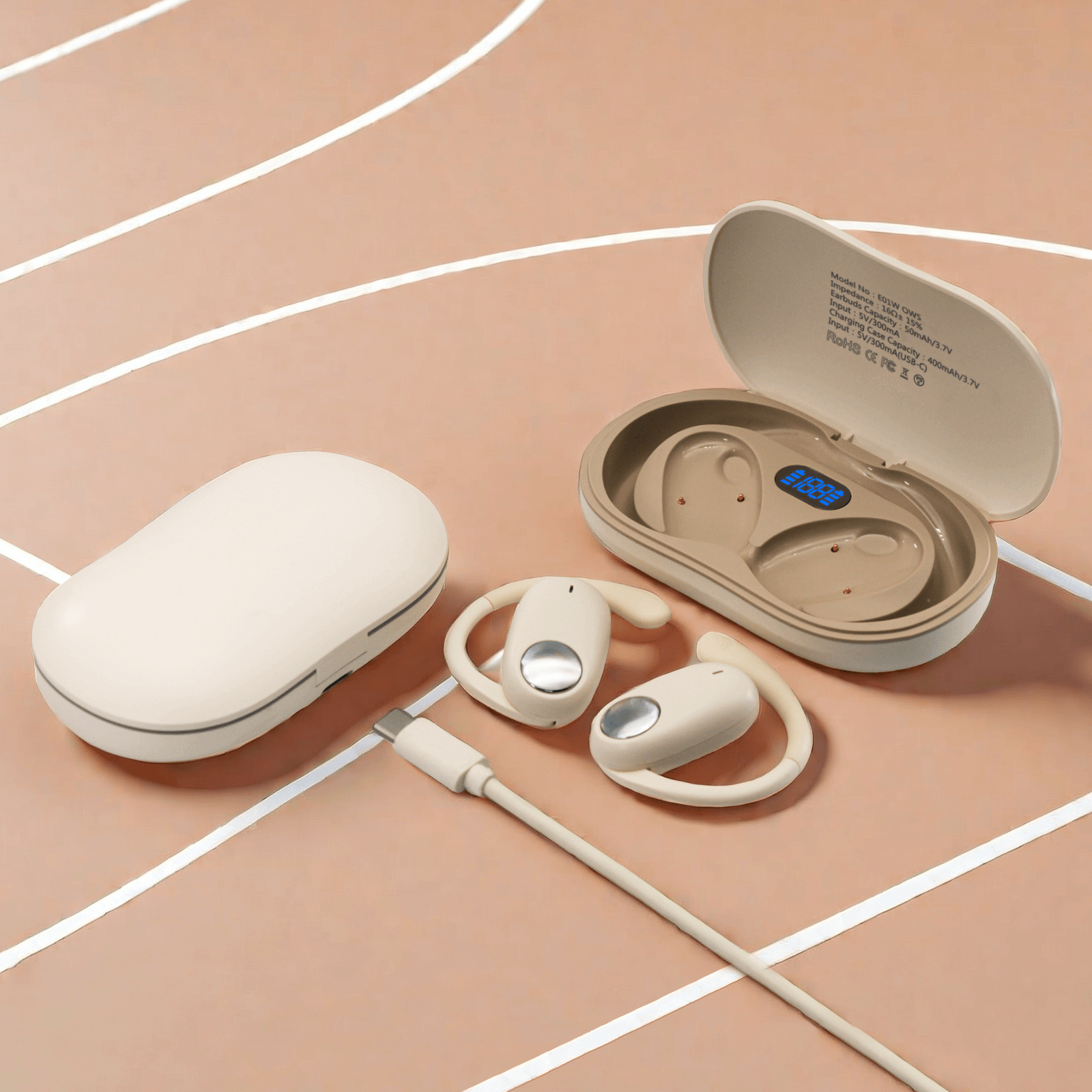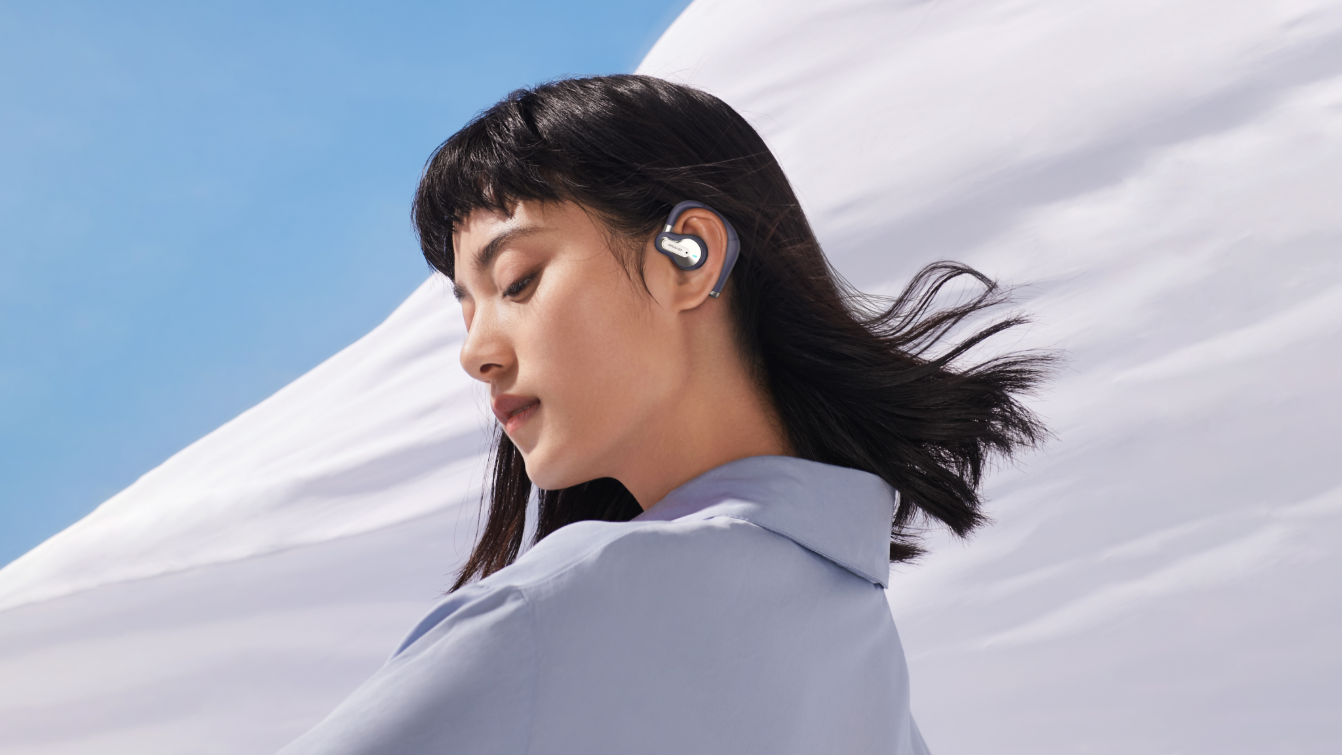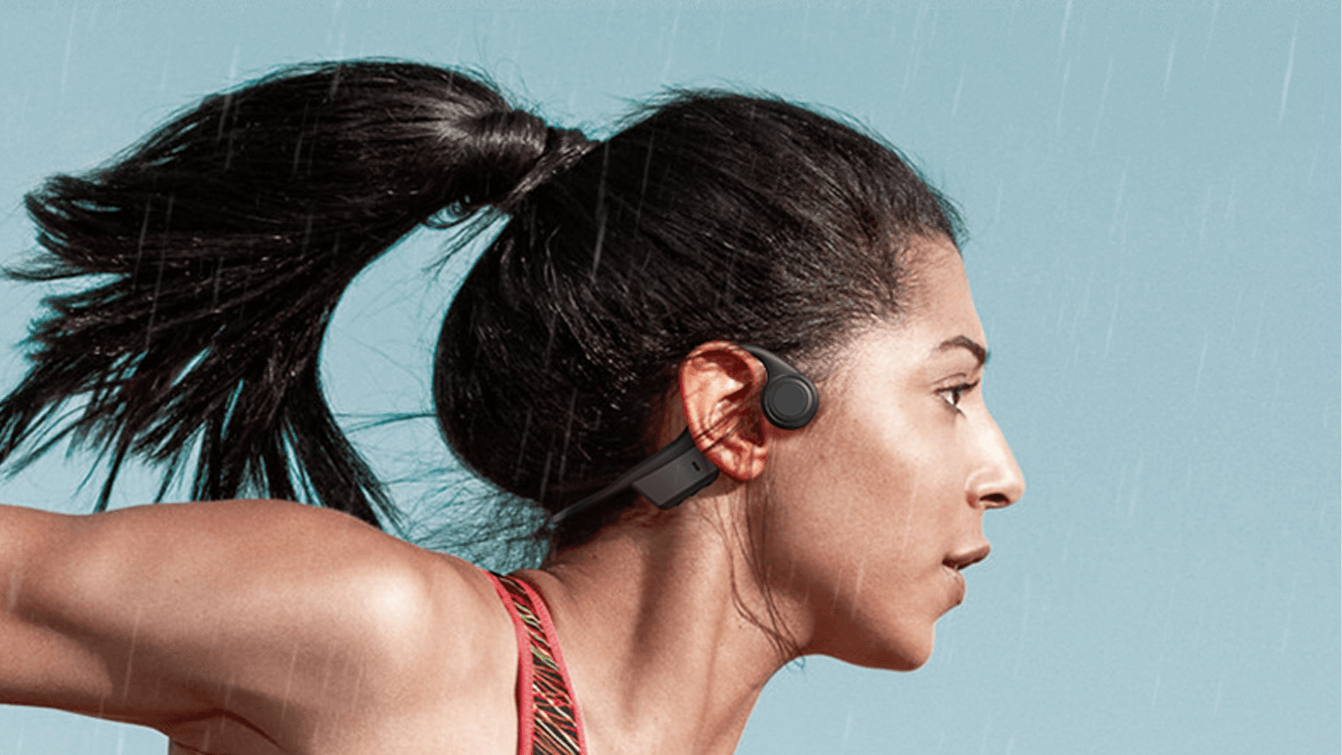
-
Home > NEWS > Product News
The History of Wireless Headphones: An Introduction to Functions and Analysis of Structural Principles
The History of Wireless Headphones: An Introduction to Functions and Analysis of Structural Principles
In this article, Comtang Wireless Headphones takes an in-depth look at the history of wireless headphones, their current state-of-the-art features, and potential future advancements.
Early Wireless Headphones: A Journey Through History
As consumers, we rely on our smartphones, laptops, and other digital devices to stay connected to the world around us.
In recent years, one of the most popular accessories that has accompanied these devices is wireless headphones. These handy gadgets have revolutionized the way we listen to music, answer calls, and even exercise.
But how did it all start? Where did the first wireless headphones come from?
The origins of wireless headphones can be traced back to World War II. Military personnel needed a way to communicate without being tethered to communication wires, and engineers came up with a solution - walkie-talkie portable radios.
The technology was primitive by modern standards, but it laid the foundation for the development of wireless audio transmission in the future.
It wasn't until the second half of the 20th century that the idea of wireless headphones for personal use gained traction. In 1958, John C. Koss, founder of the Koss Company, was the first to invent wireless headphones.
At the time, Koss used compact FM receivers typically used in hearing aids to stream music from a record player or radio. These early attempts were bulky, used low-quality audio hardware, and were generally unremarkable by today’s standards.
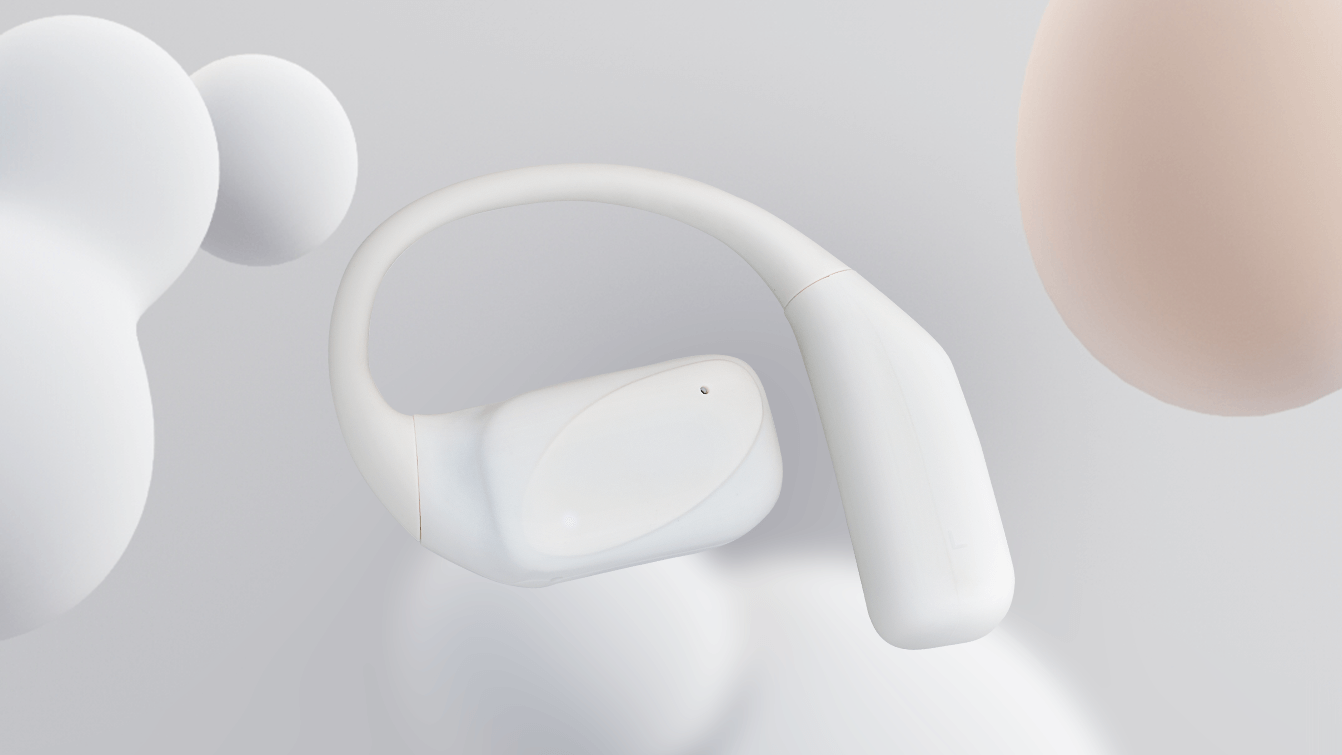
They started a trend that would eventually change the face of personal audio forever.
In the 1980s, wireless headphones became popular for their convenience. Although some models still had bulky designs, battery limitations, and poor audio quality, they started a revolution in personal audio that continues to this day.
Over the next few decades, advances in technology allowed for vast improvements in the design and functionality of wireless headphones. Advances in Bluetooth technology made audio streaming between devices more seamless.
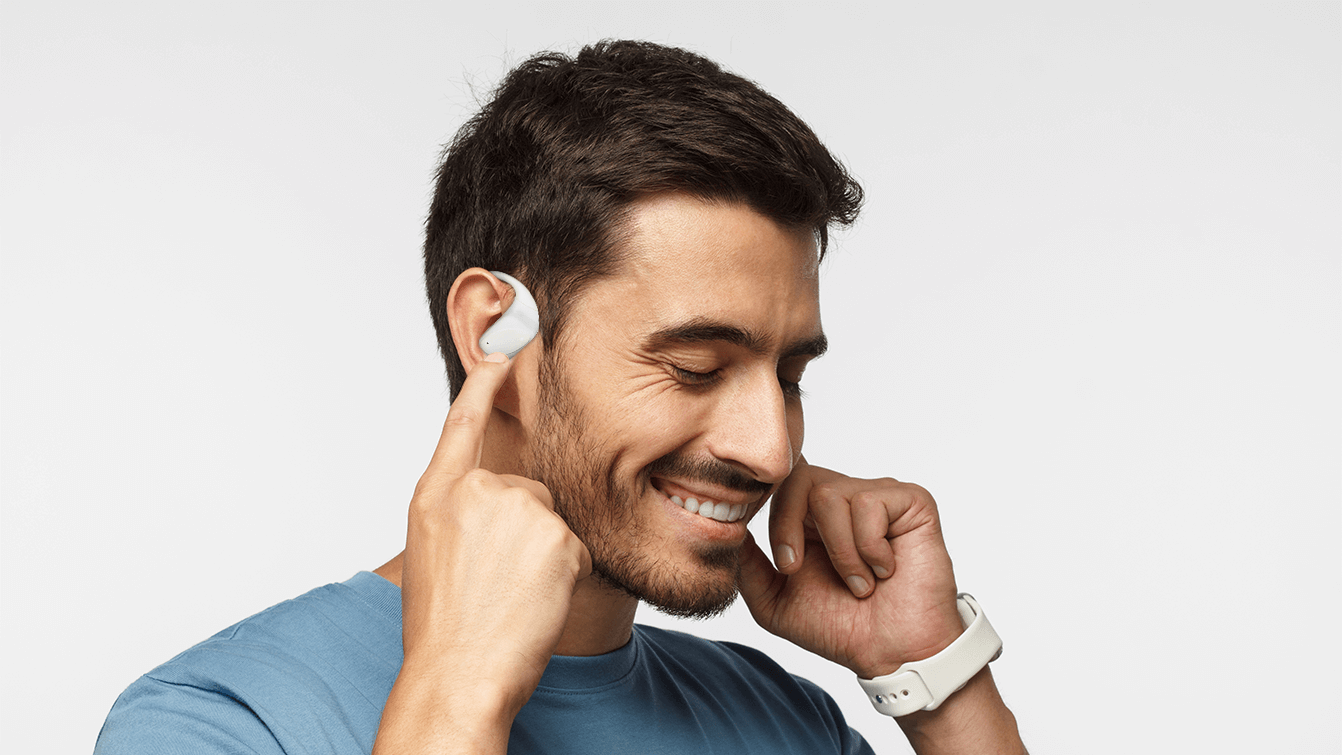
Traditional wired headphones are limited by cable length and cause inconveniences such as tangling and getting caught on clothing or objects. Wireless headphones using Bluetooth technology do not face these issues, offering users better comfort and portability.
Today, the market for wireless headphones is expanding, with dozens of companies vying for customers’ attention. Many new models boast features such as noise-cancelling technology, voice assistants, and touch-sensitive controls.
Despite the rapid advancements made over the past few decades, today’s wireless headphone designs still face several challenges. One of the most significant bottlenecks is battery life, as wireless headphones have limited battery capacity to sustain continuous use.
If the sound compression algorithm isn’t up to par or there are issues with the Bluetooth connection, the audio quality will still be lacking.
Setting these challenges aside, one thing that remains undeniable is the huge impact that early wireless headphones had on personal audio. They revolutionized the way music is consumed, made hands-free calling a reality, and even enhanced our workouts by providing us with affordable, comfortable, and safe listening options.
It’s worth noting that early wireless headphones were simply the result of unmet needs of soldiers on the battlefields of World War II, but today they have become a cultural phenomenon that deeply affects our daily lives.
The history of early wireless headphones is quite fascinating, given their origins as military communication systems. These emerging technologies and ideas paved the way for future improvements in wireless headphones and similar devices, leading to the current ubiquity of wireless headphones.
Wireless headphones continue to improve, and further advancements are likely to occur in the coming years, which will undoubtedly make them an even more integral part of our daily lives.
Bluetooth-equipped devices
With the increasing popularity of smartphones and other portable devices, many manufacturers, such as Apple and Samsung, have incorporated Bluetooth technology into their latest models. This move allows audio playback to be seamlessly transferred to compatible wireless headphones.
Due to consumer demand for better convenience, many companies have begun to produce wireless headphones, and most users welcome this change. By 2020, global revenue for wireless headphones is expected to reach $34 billion, showing a huge growth in the market.
Current state of wireless headphone features
Today's wireless headphones not only provide convenient interaction with the device, but are also equipped with advanced features that take audio capabilities to new heights.
One of the most popular features currently is active noise cancellation (ANC), which uses microphones located on the earphone cups to eliminate surrounding sounds.
In recent years, ANC technology has come a long way thanks to Qualcomm's adaptive ANC, Apple's transparency mode, and Sony's advanced algorithms, among others.
Active noise cancellation enables users to enjoy music and calls without being disturbed by any external sounds, such as crowds or traffic. Another feature that is becoming increasingly popular in wireless headphones is spatial audio. This emerging technology simulates different types of immersive sound environments through 3D audio processing.
Apple uses spatial audio with Dolby Atmos to simulate moving sound objects that correspond to the action in a video or movie, creating a truly immersive audio experience for users.
The technology is still relatively new, but it has received rave reviews for its performance in producing realistic, directional, and accurate audio reproduction.
Beamforming technology is also making its way into wireless headphones. Beamforming improves speech clarity by identifying the user's voice and amplifying it to eliminate unwanted ambient noise. Using beamforming, wireless headphones can improve call quality, making phone conversations more natural and comfortable even in high-noise environments.
Sound Quality
Audio quality has always been fundamental to headphone design. It determines how well the audio signal from the source device is reproduced by the headphone drivers. Modern wireless headphones use advanced audio codecs that can significantly improve sound quality.
These codecs compress and decompress digital audio data to ensure high-quality playback while minimizing the amount of audio data transmitted over Bluetooth.
Comfort
Another key aspect of headphone design is how comfortable people feel wearing the device. Traditional headphones are known for their discomfort, low durability, and inconvenience. Wireless headphones designed to be more ergonomic and portable have taken center stage today.
Wireless headphone models, such as the Comtang OWS Open Ear Clip Bluetooth Stereo Headphones, are designed with adjustable ear tips that conform to the user's unique ear shape and provide maximum comfort.
Battery Life
Battery life for wireless headphones becomes a primary concern for users, considering that most wireless headphones do not have a convenient charging port. Battery life determines how long audio playback lasts before a charge is required.
Modern wireless headphones have made great improvements in battery technology to address this issue. Comtang wireless headphone manufacturers have achieved this life extension through improved power management software and an overall reduction in the size of the electronic components used in wireless headphones.
The OWS Open Ear Clip Bluetooth Stereo Headphones can last for about 20 hours in noise canceling mode, after which an additional 12 or 16 hours can be obtained by charging the integrated electric battery in the matching case.
Potential Future Developments
While wireless earphones have come a long way since their inception many years ago, developments in this area are still ongoing and it will be exciting to see what the future holds.
Next Generation Noise Cancellation Technology
One of the main areas of development for wireless earphones is noise cancellation technology. While the current laws of physics make it impossible to eliminate all external sounds, researchers are actively working on new ways to improve noise cancellation.
In the future, we could see the emergence of new technologies that can block out more ambient noise, which can be useful in noisy environments such as public transportation or busy city streets.
Augmented Reality Audio
Augmented reality (AR) is an emerging technology that holds great promise across a variety of industries. With AR, users can experience virtual objects into their real-world surroundings, creating new possibilities for applications across multiple verticals, including gaming, travel, and education.
It makes sense that the audio experience would also get a complete overhaul with AR. Using spatial audio technology, AR can weave virtual auditory effects into the user's surroundings, providing an immersive soundscape to match the scene setting.
Biometric Monitoring
Some newer wireless earbud models have begun to incorporate biometric sensors that track heart rate, steps, and other health metrics. These features hold exciting promise for the future;
Wireless earphones could become advanced personal health tracking devices, providing a deeper understanding of your health. Further developments in this area could result in earphones that monitor more complex measurements,
such as cortisol levels, blood oxygen saturation, body temperature, etc., giving us a more accurate picture of our health than the average wrist-worn fitness tracker.
Improved gesture control
Simple touch controls on wireless earphones are already common, but future improvements could feature advanced gesture controls that react to eye movements or facial expressions. Companies like Comtang have already begun integrating gaze-based interactions, which is promising for users seeking hands-free convenience.
Wearable simulation
Another feature we might see in future wireless earphones is the ability to simulate wearable technology by integrating motion tracking and haptic feedback.
An example of this would be earphones that can track head or body movements, allowing for more interactive gaming experiences. This isn’t limited to gaming, but could also apply to different pursuits, such as yoga, sports training, or dance classes.
Longer battery life
Battery life remains an important factor in choosing wireless earphones, which is why it’s reasonable to expect major advances in battery technology that will allow earphones to last longer.
Some companies are already working on new ways to improve battery life by using new materials, management systems, or physical design concepts, which will hopefully provide much-needed playback time for users who need to use their headphones for long periods of time.
Increased Connectivity Options
In the future, we will almost certainly see a range of new connectivity options for wireless headphones, such as near-field communication (NFC), Wi-Fi 6, and even 5G connectivity.
These connectivity technologies offer superior speed, range, and reliability, which can improve audio streaming quality, allow users to stay connected even in crowded places, and ensure better synchronization between devices without the usual interruptions or lags.
Author's Opinion
The use of wireless headphones is becoming more and more popular every day, accounting for billions of revenues worldwide. Wireless headphones have evolved from early models with limited features to sophisticated devices that users cannot live without.
Today's wireless headphone design industry prioritizes sound quality, comfort, and battery life. Innovations in audio compression technology, ergonomic design, and the ability to extend battery life are important drivers of change in this industry today.
Looking ahead, trends like AR technology, AI-driven noise reduction, and advances in temperature control are likely to push the limits of wireless headphones even further.
Judging from the current trajectory, it’s safe to say that innovation around wireless earbuds will continue to grow exponentially, and we’re headed towards greater audio engagement and user satisfaction.
Get the latest price? We'll respond as soon as possible(within 12 hours)














